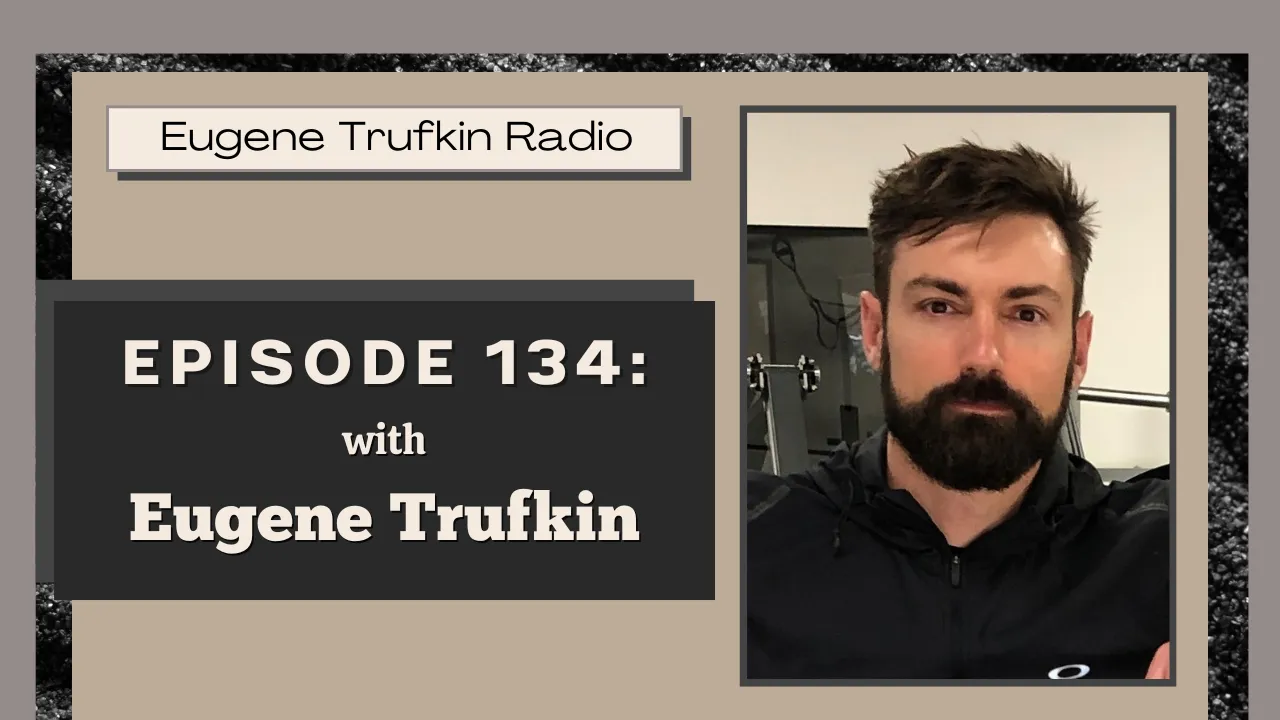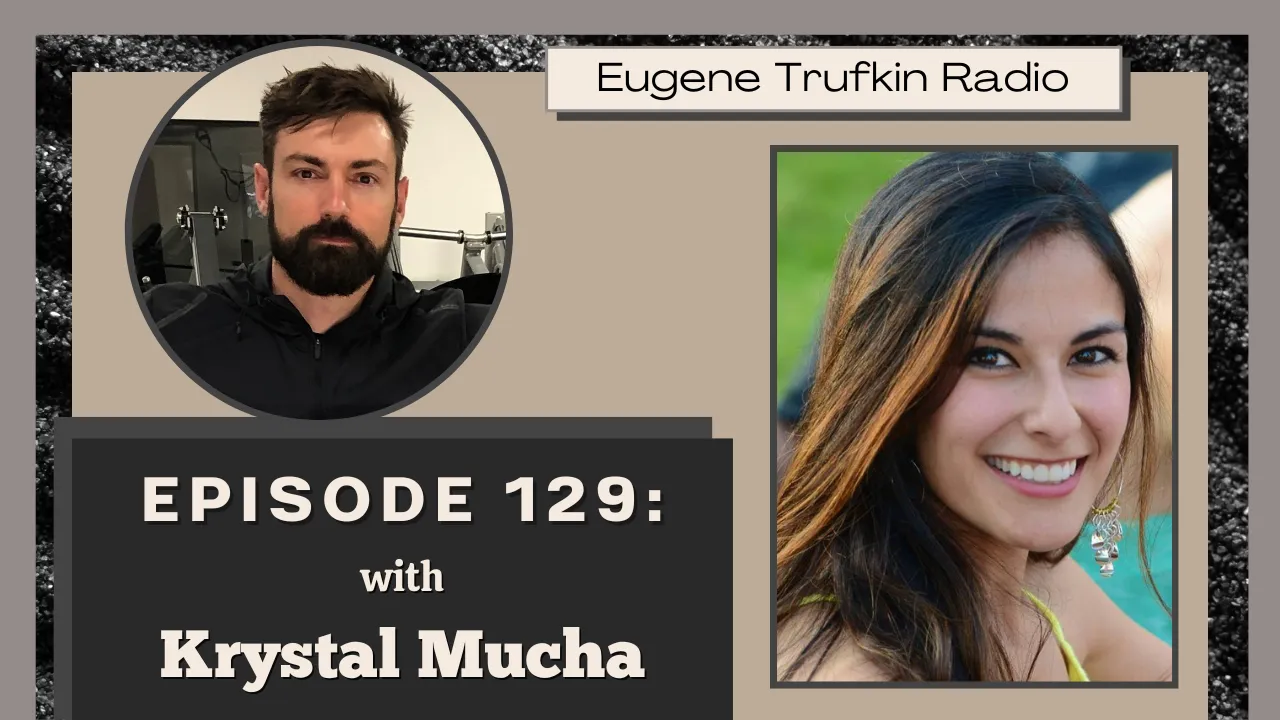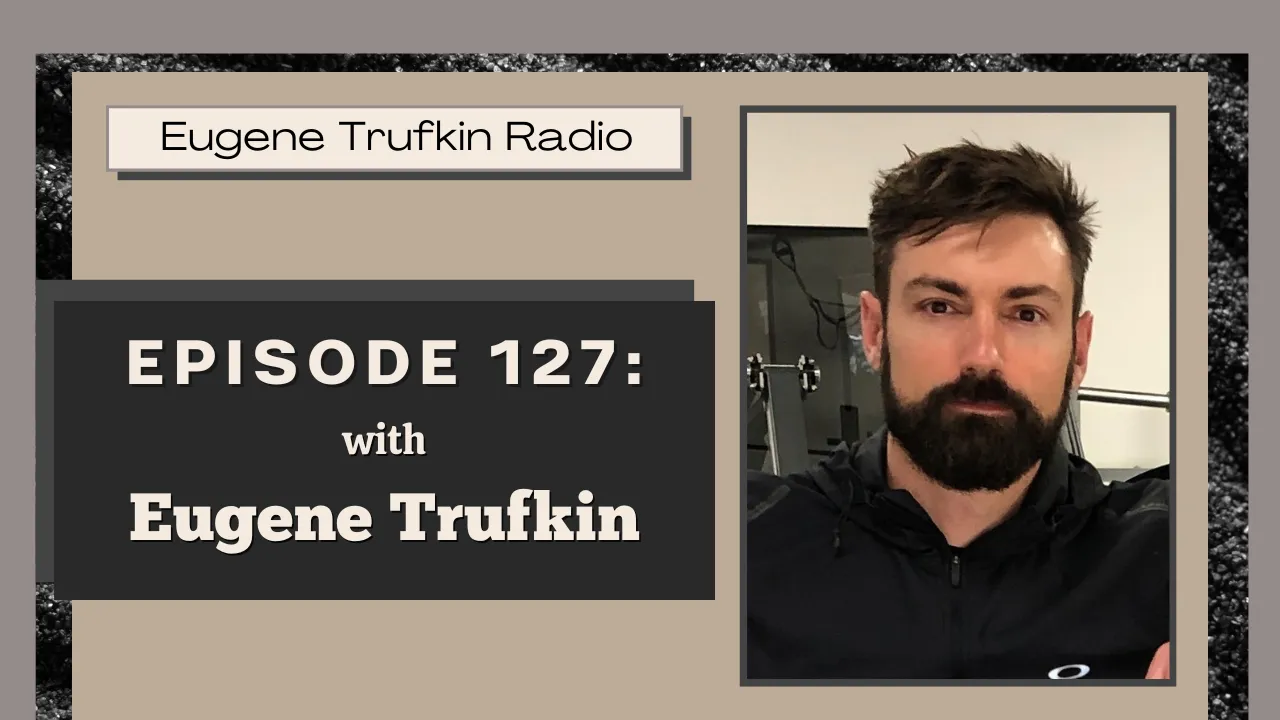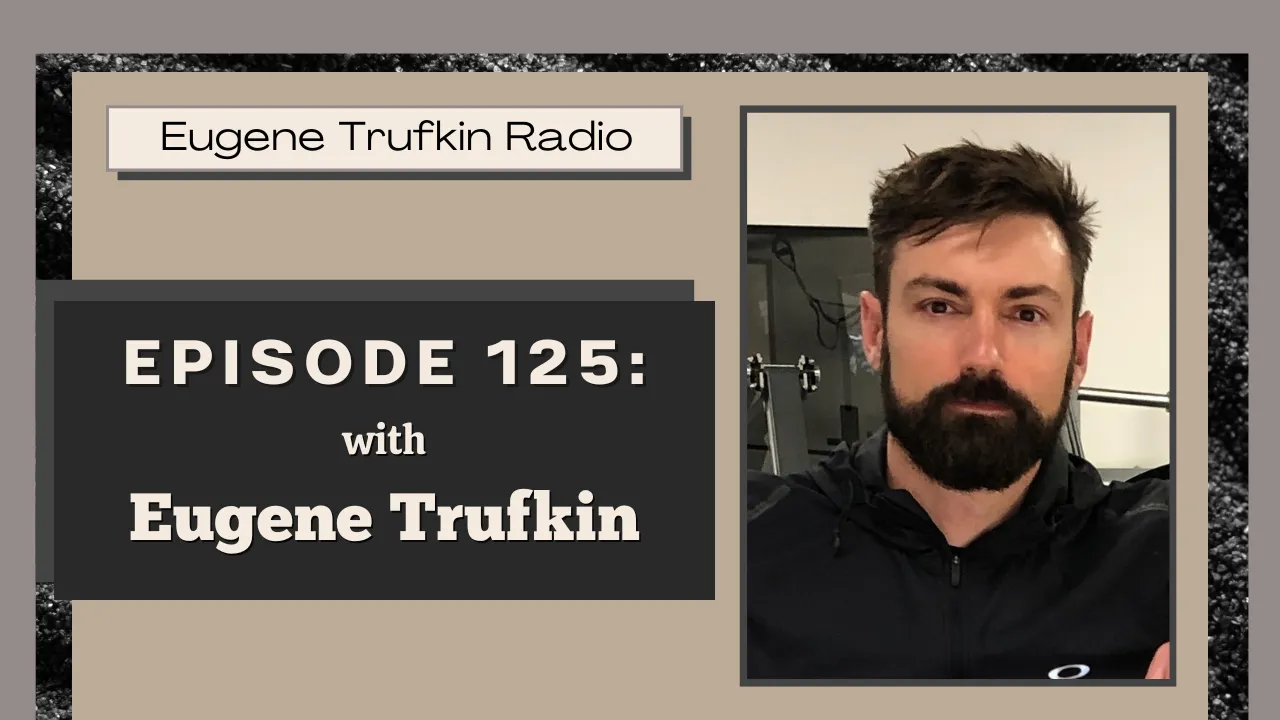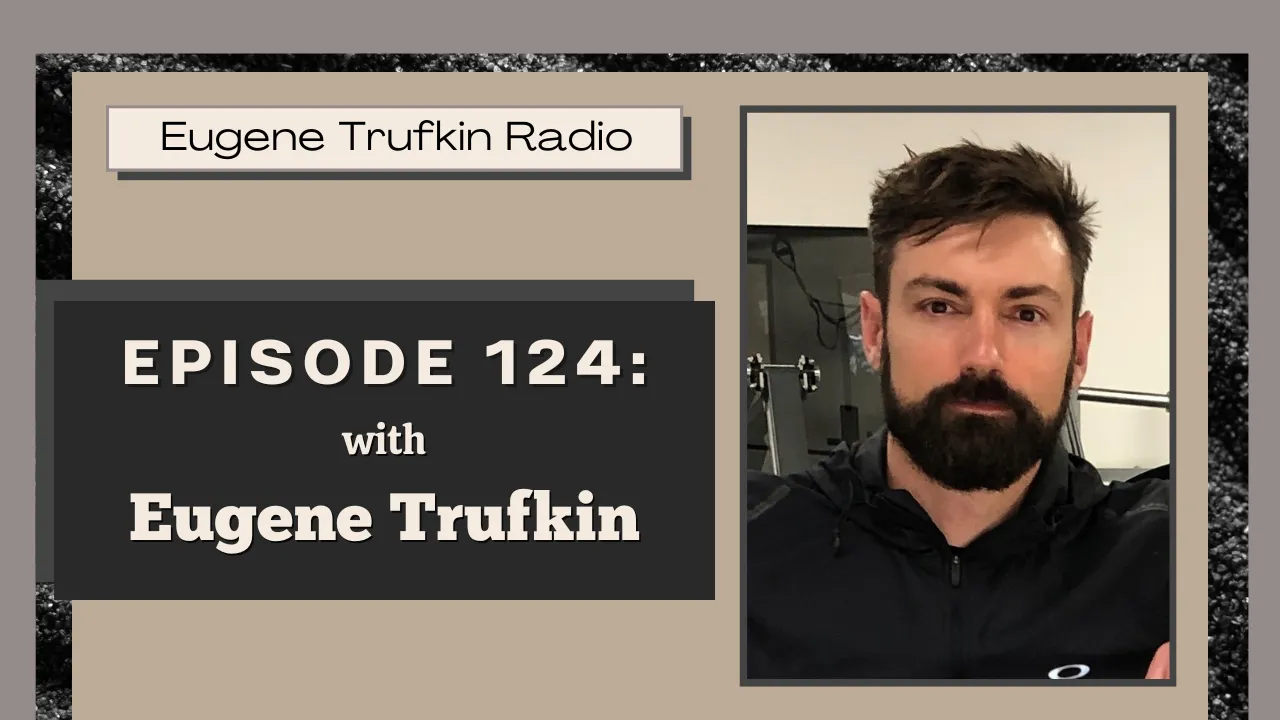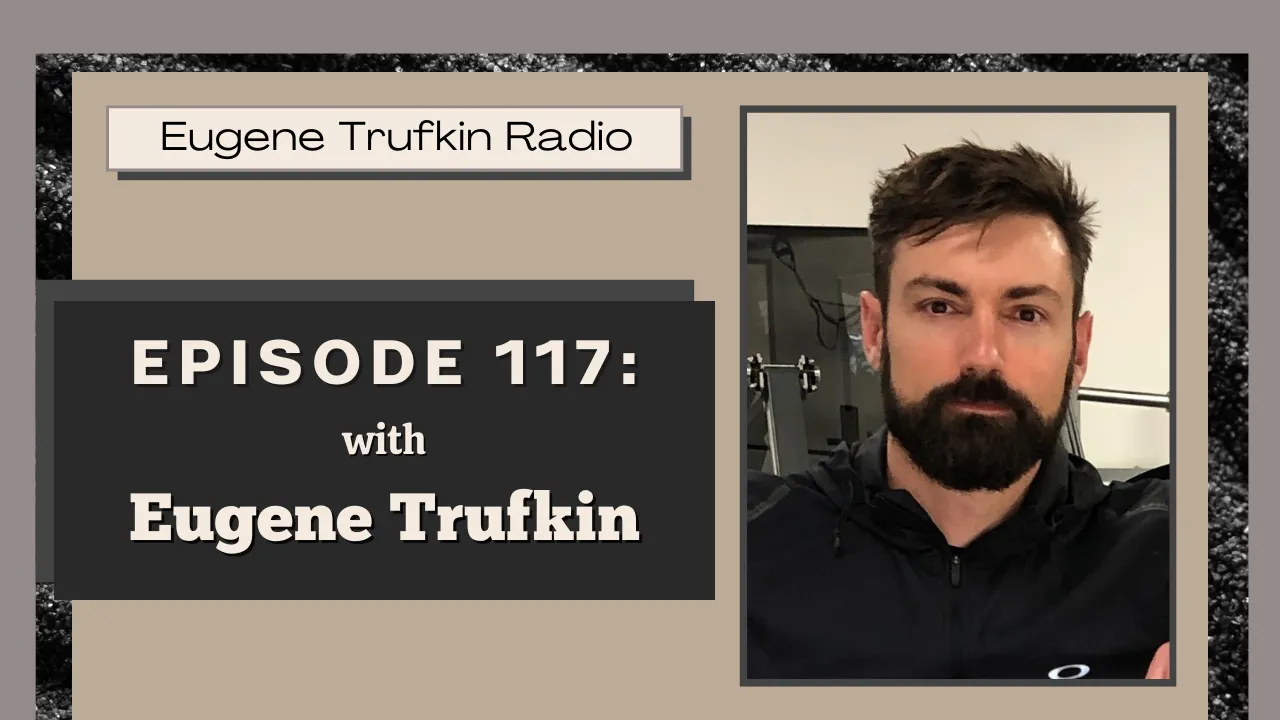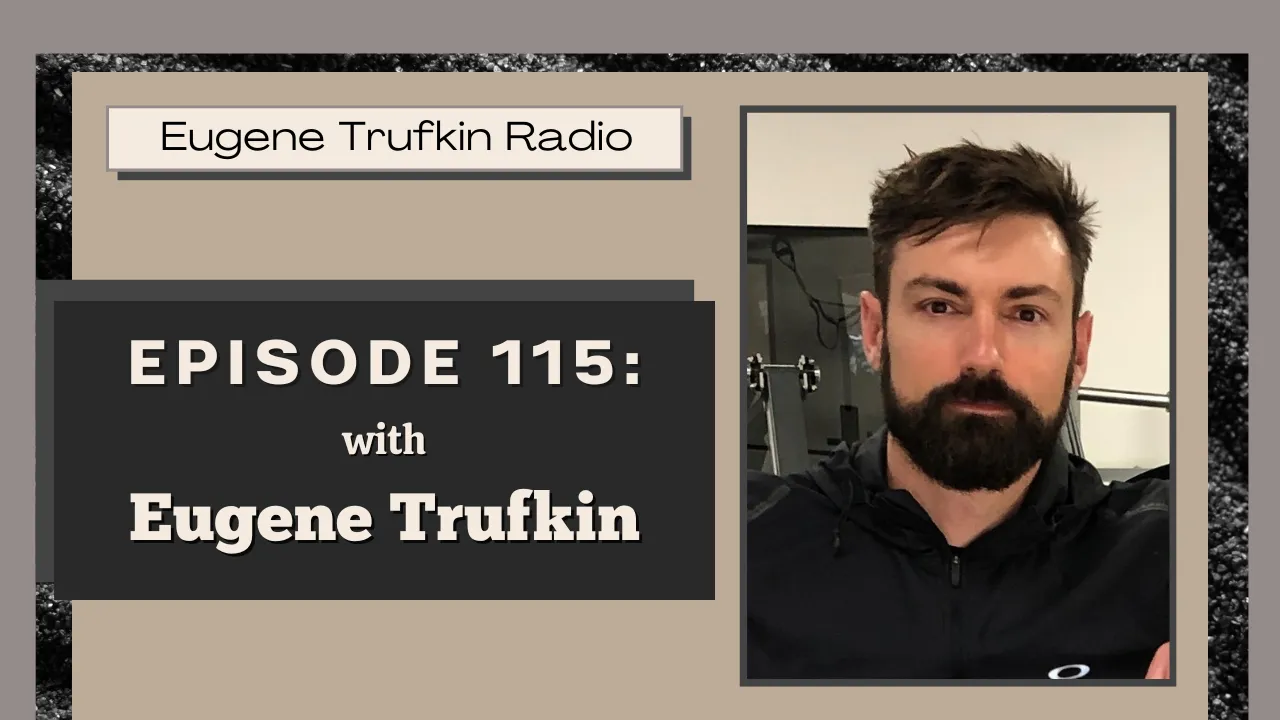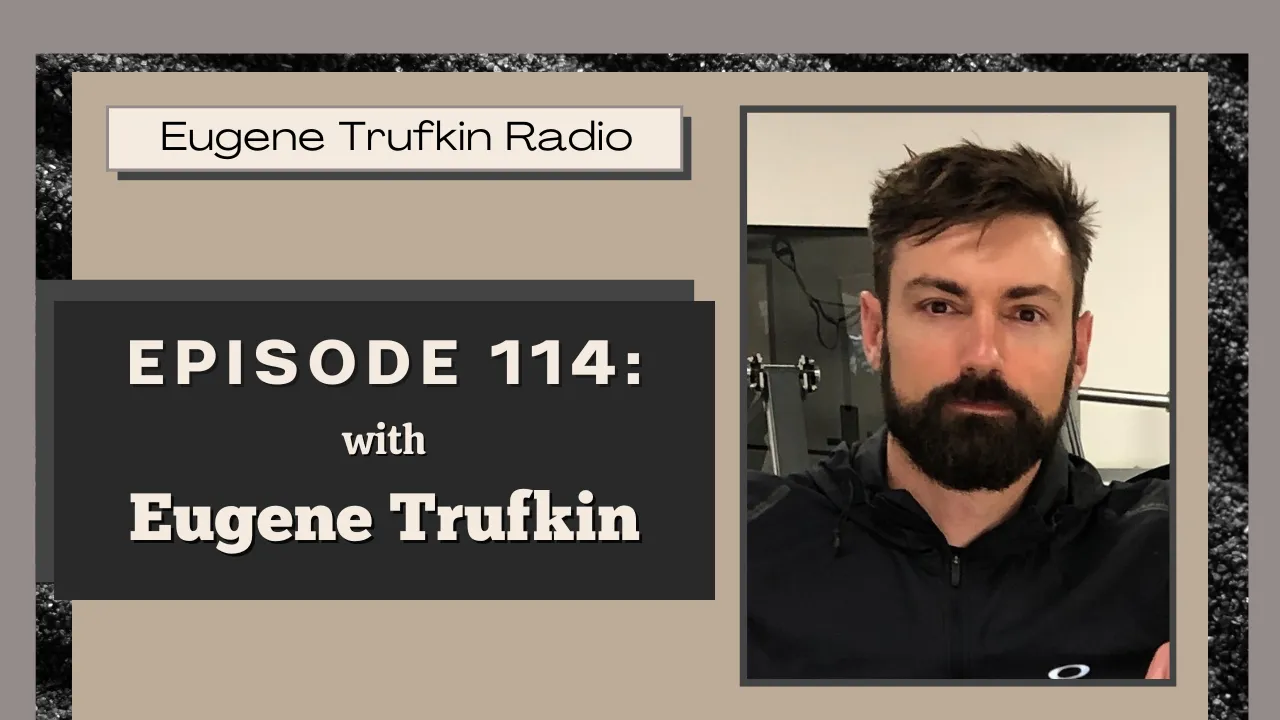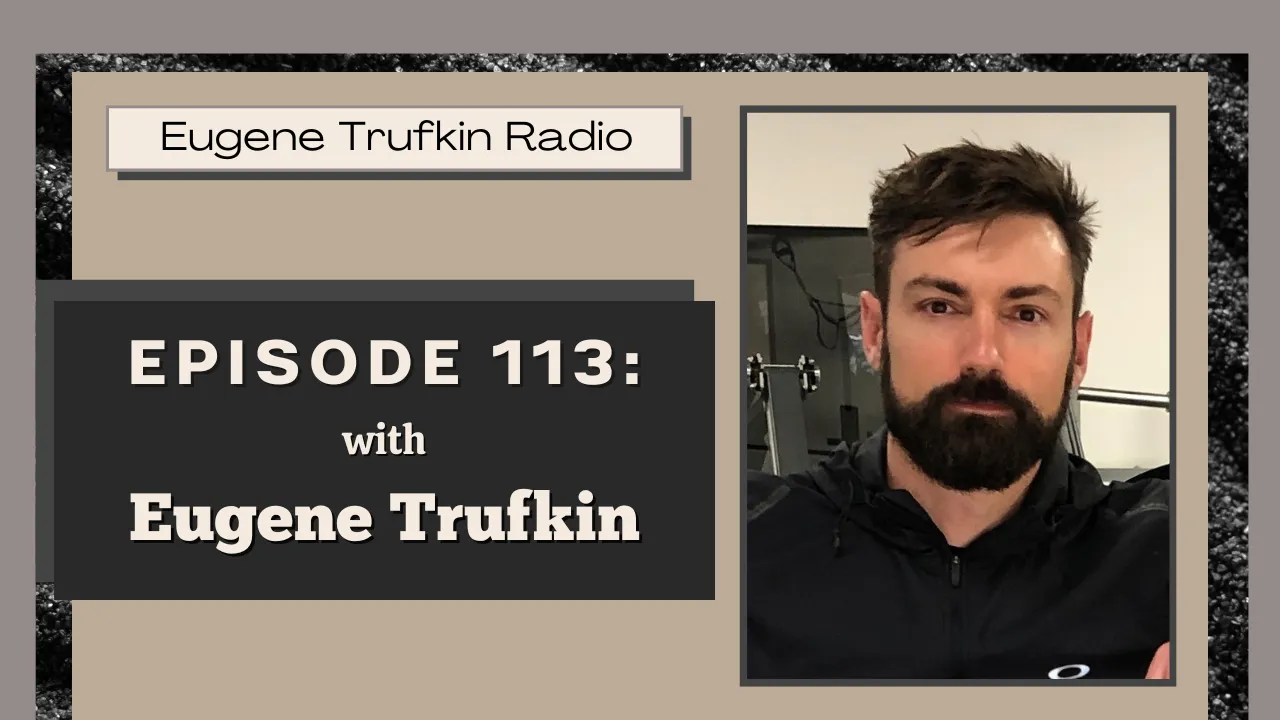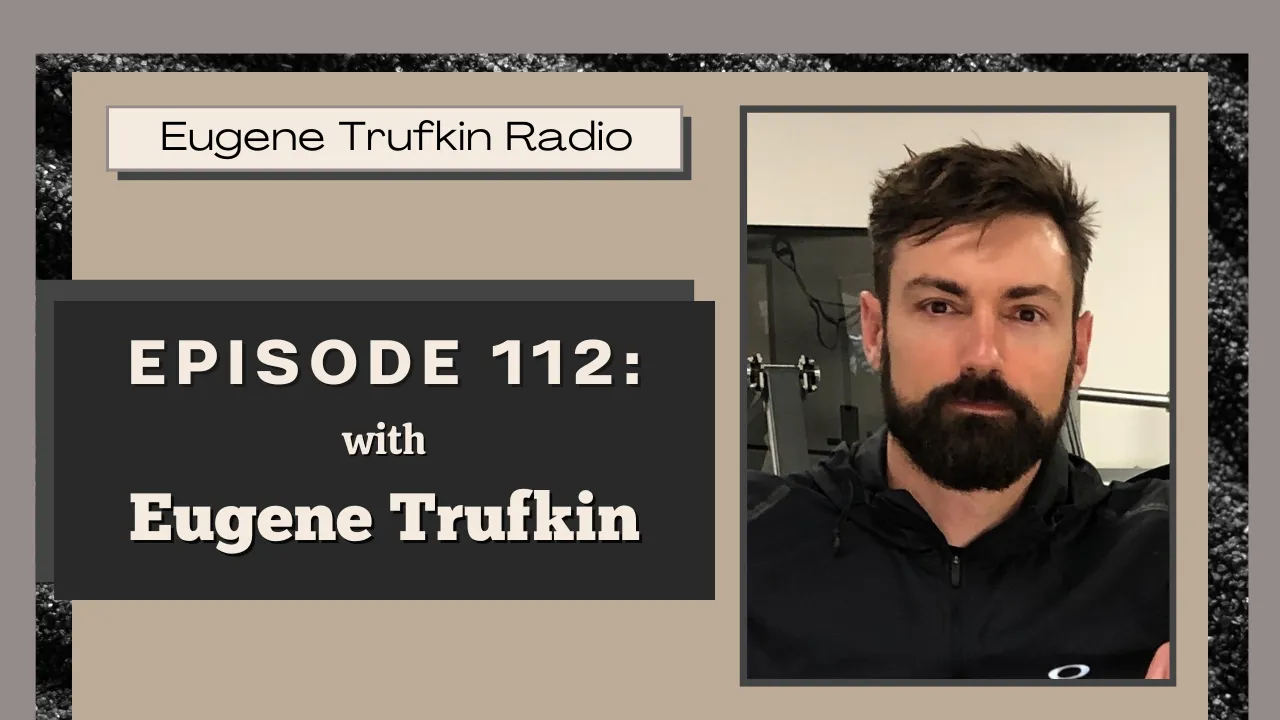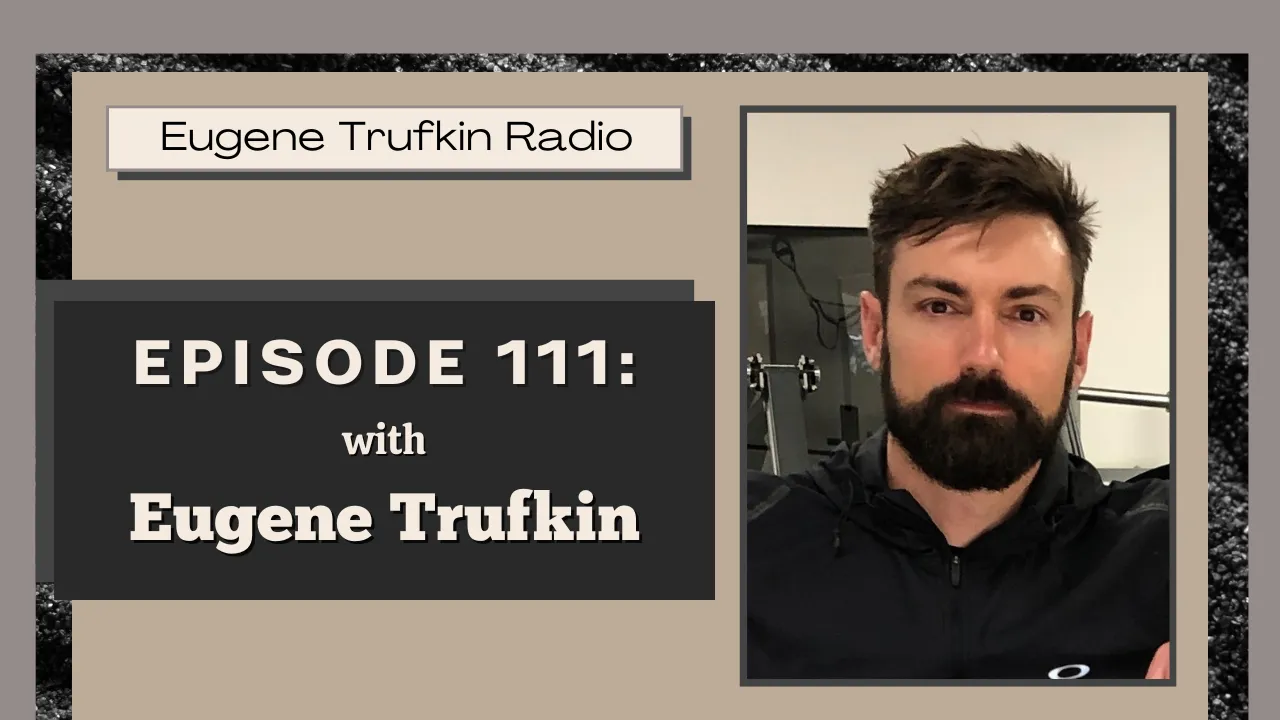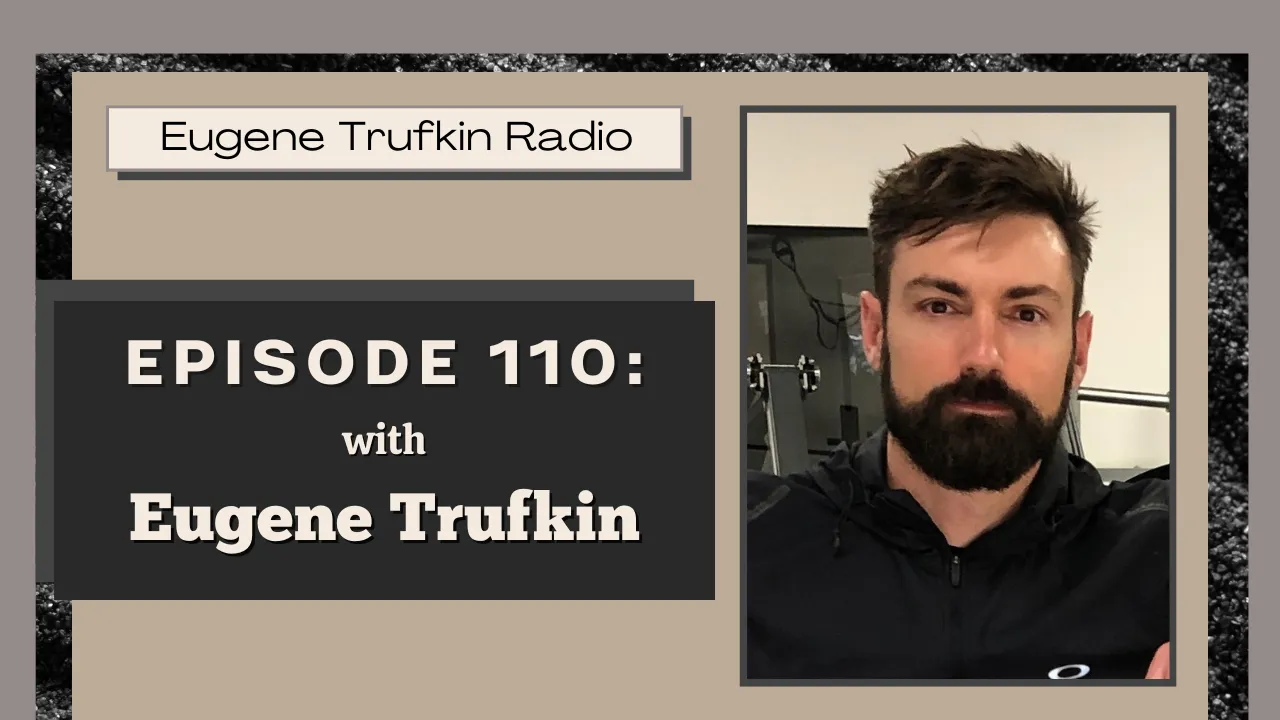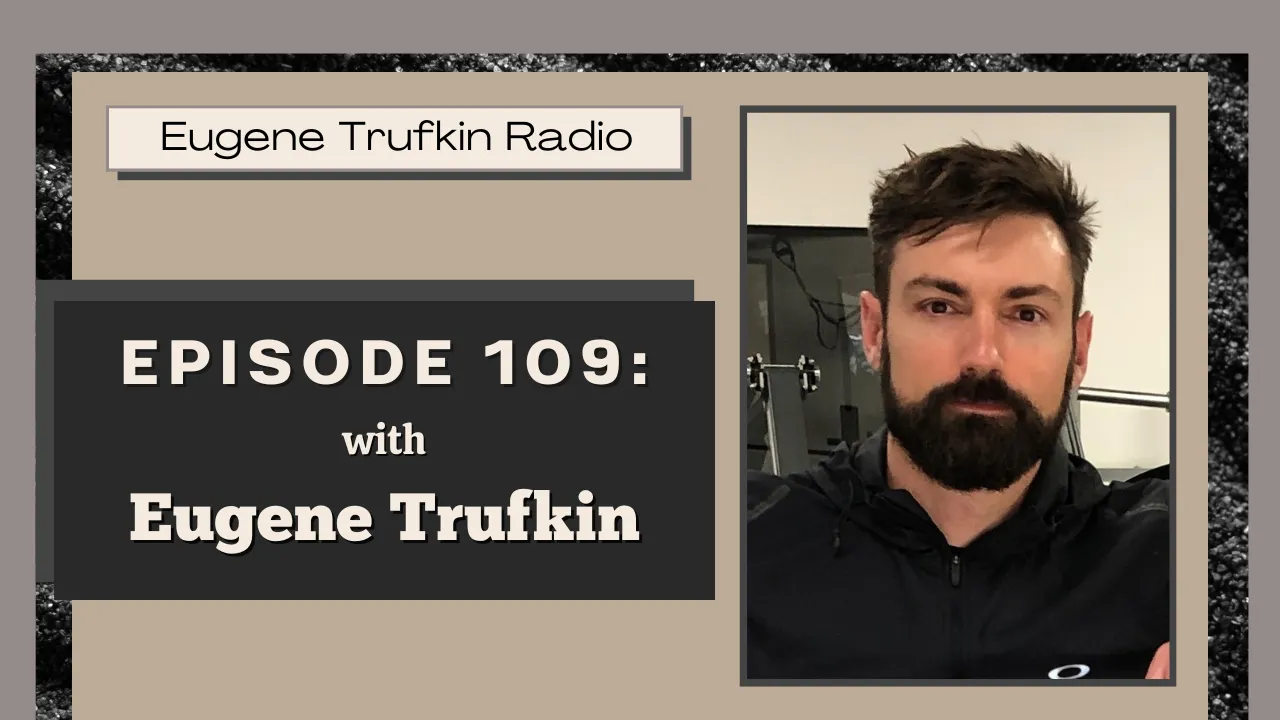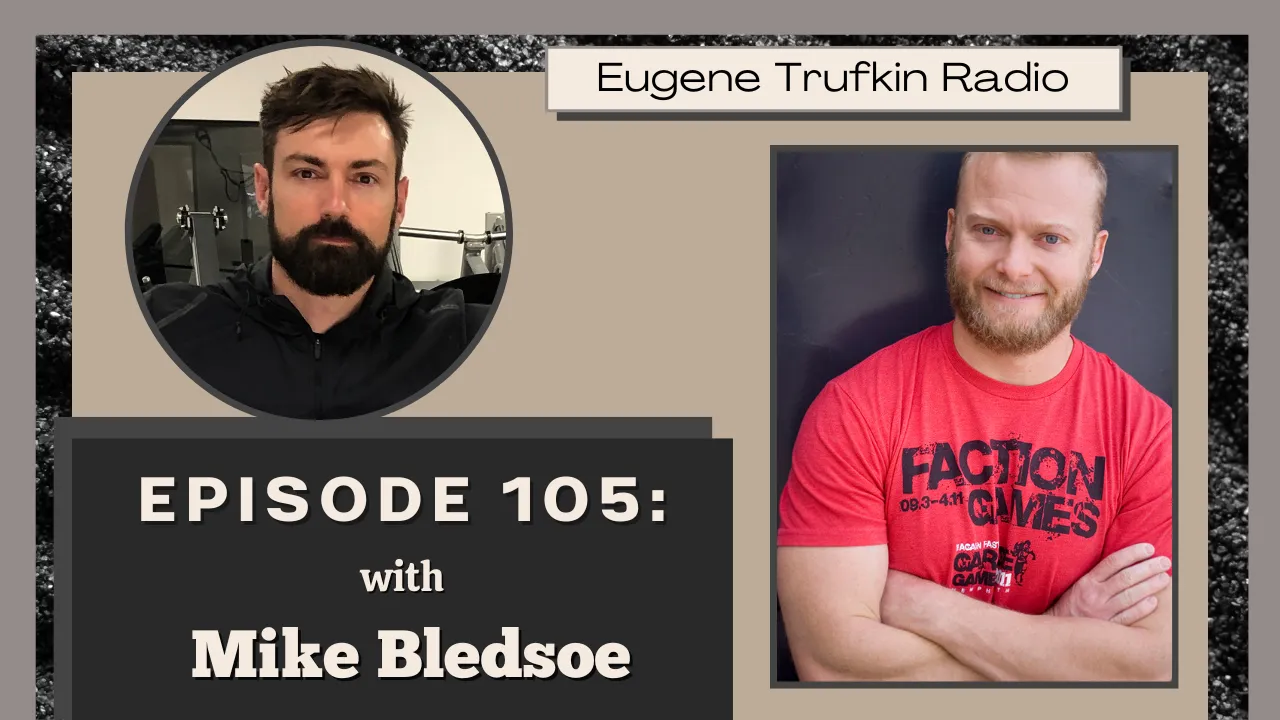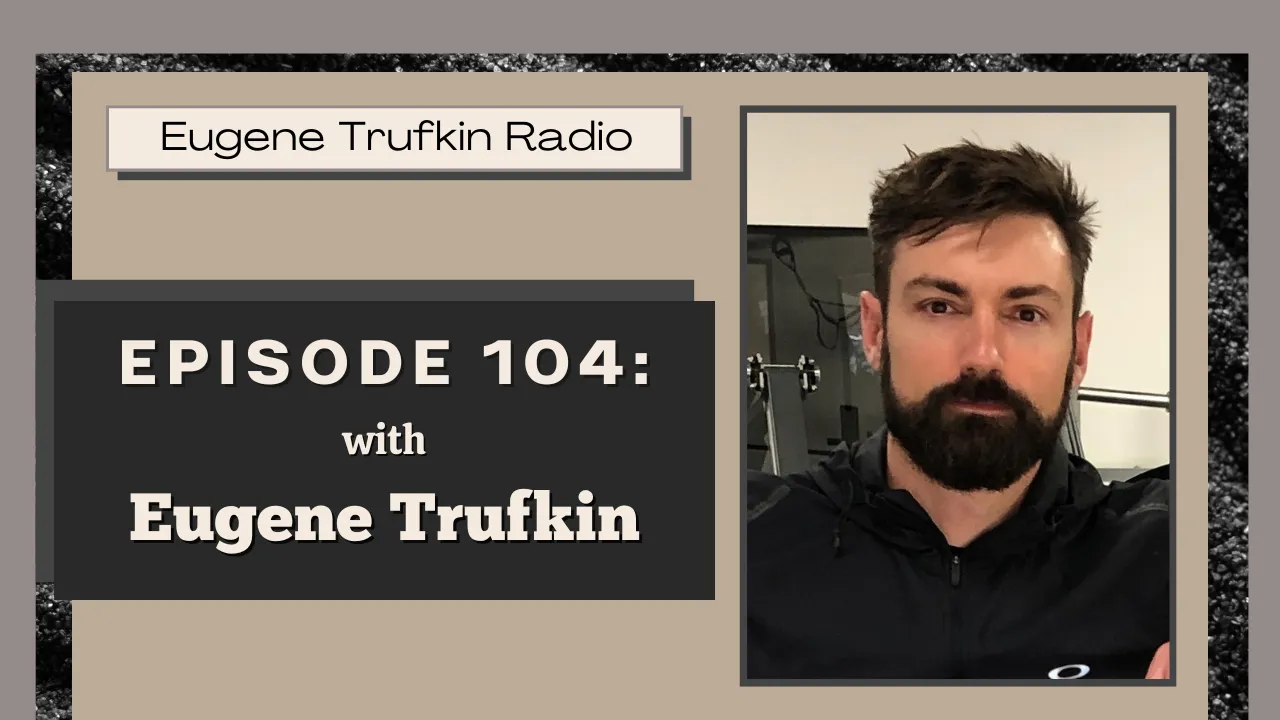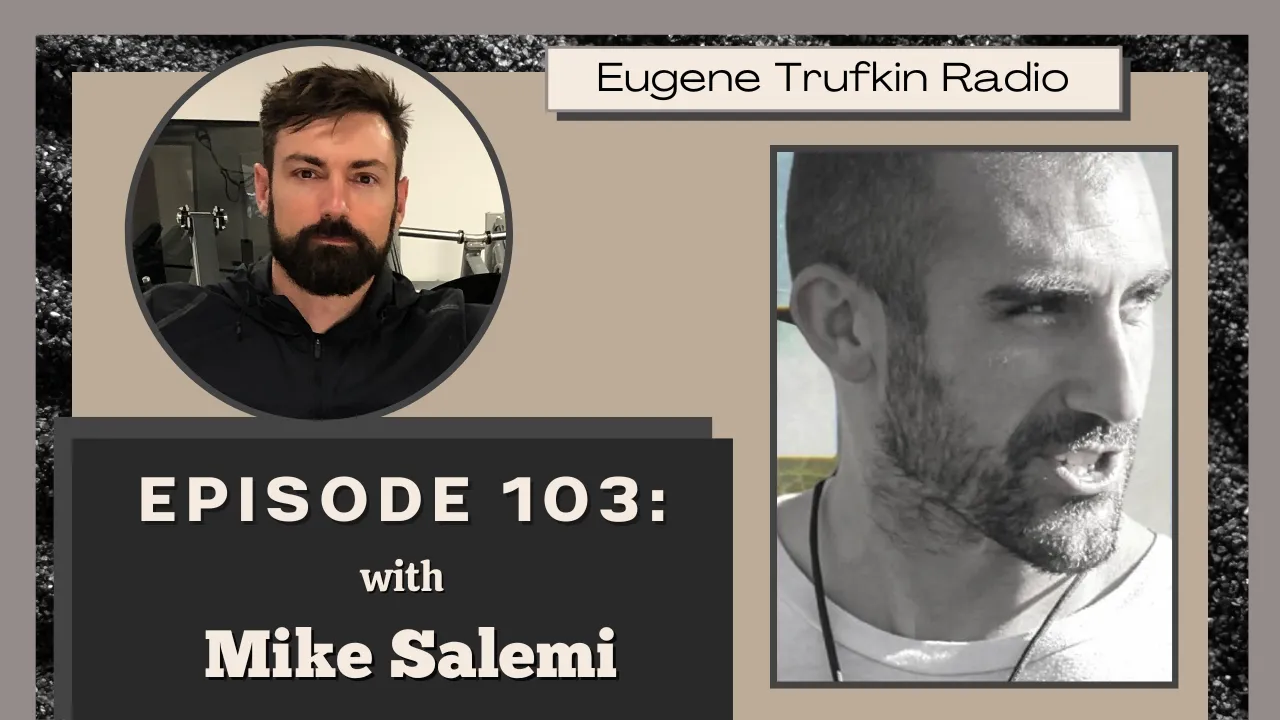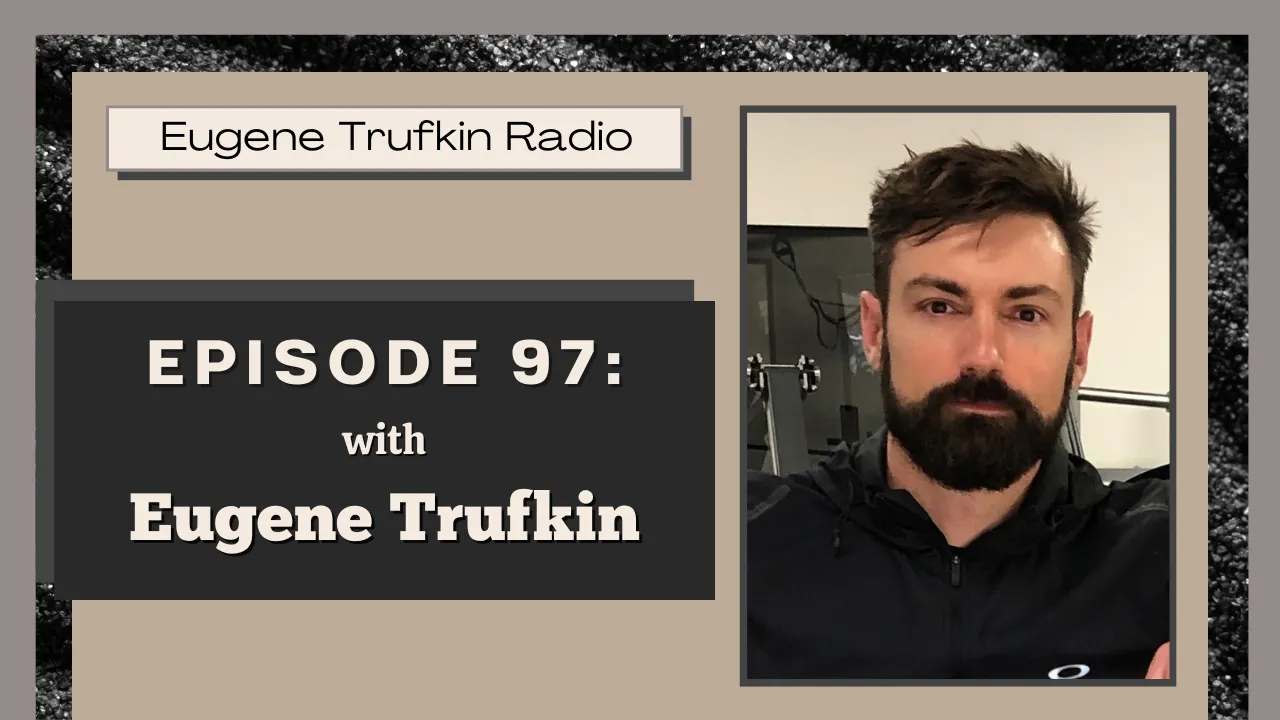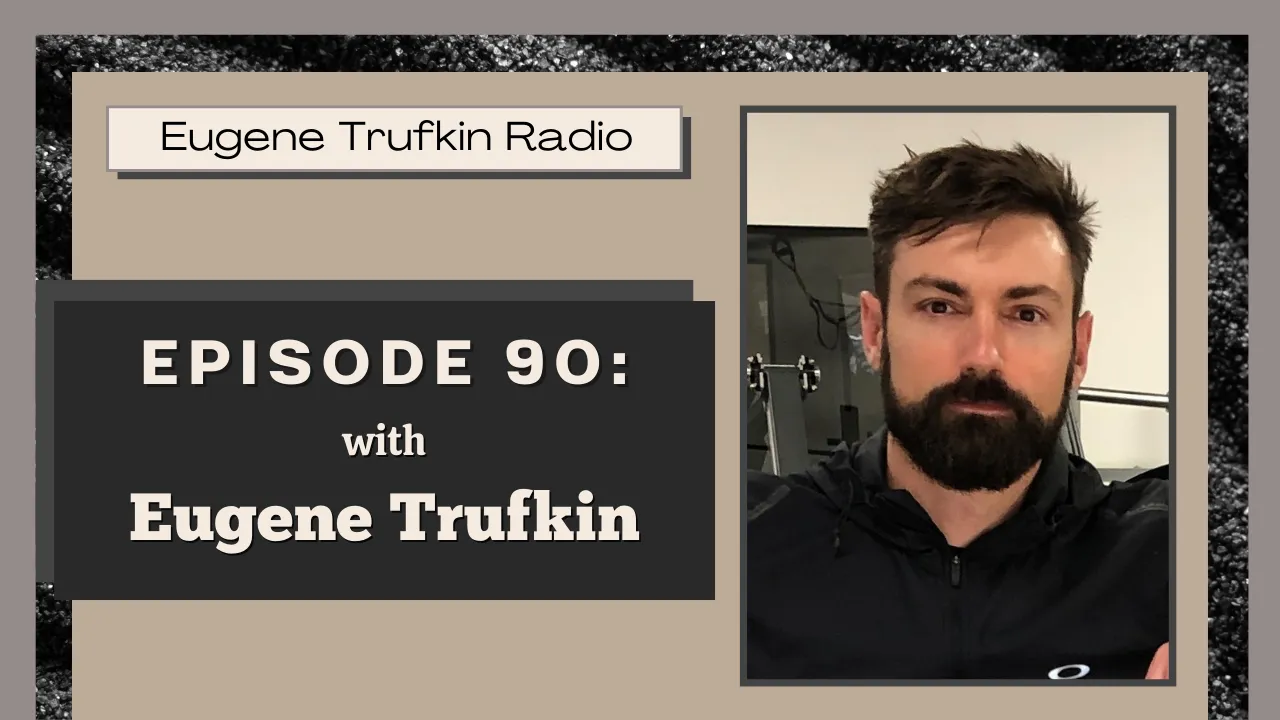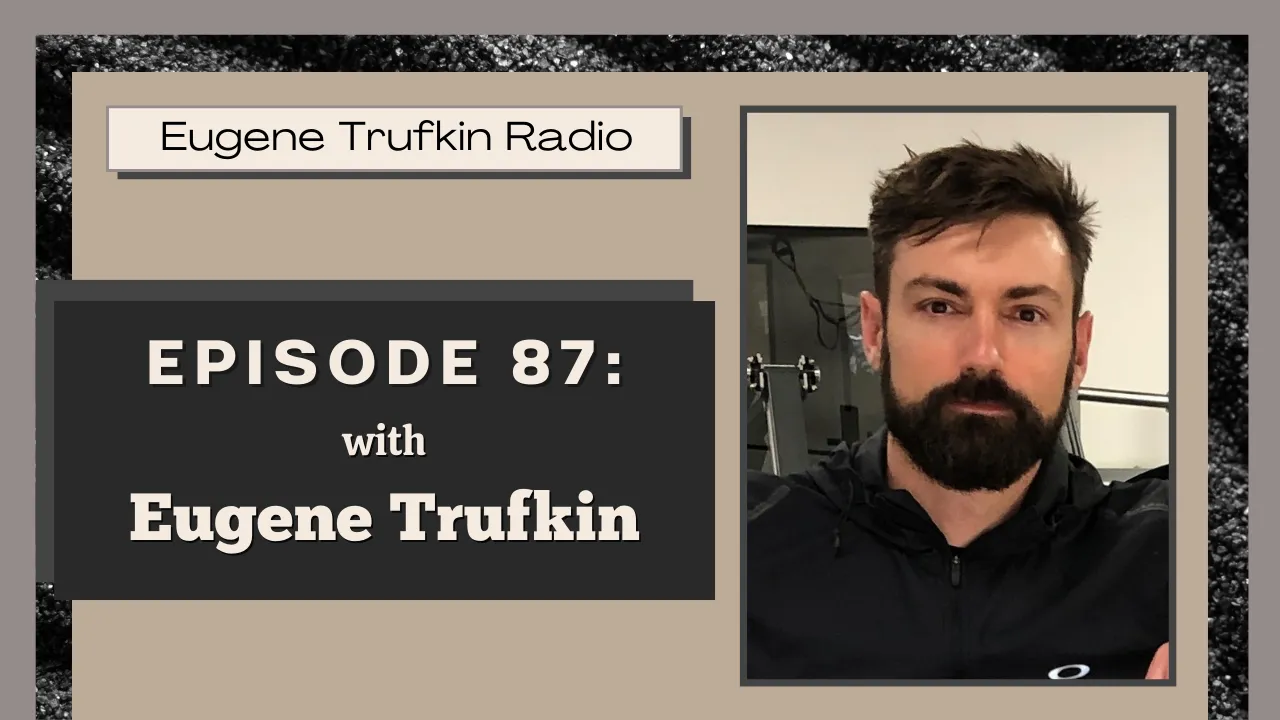Orange County Quality Food: Beef
Beef. It’s what America is known for. But telling the difference between shitty beef and high- quality beef in Orange County, California can be super confusing. Even Wholefoods in Orange County sells various qualities of beef that each have their own pluses and minuses. So what’s the difference?

In this blog, I lay it out in the easiest manner possible. On top of that, I tell you exactly where to find and buy specific grades of beef in Orange County, California.
First and foremost, to not be too detailed, beef quality is basically divided into 4 categories. Before we go over those categories, it’s important to understand that all cattle raised for beef start off being raised in a place like this:
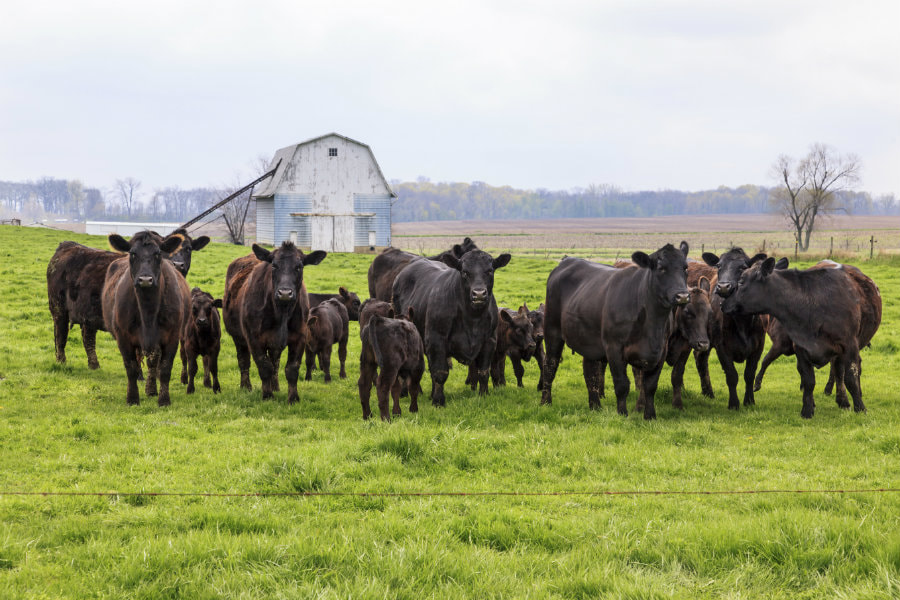
A few months before they’re ready to be killed, 3% of the cattle remain on the pasture pictured above. However, 97% of the cattle in America are sent to a feedlot for the remainder of their life. Some are obviously managed better than others, but the general idea is that in feedlots, cattle are crammed into a pen, have to constantly walk and lie in their own feces, and are usually fed genetically modified feed – as well as a myriad of antibiotics, other drugs, and vaccines. Typically, it’s these feedlot operations that give the beef industry a bad name. Examples of feedlots are pictured below:
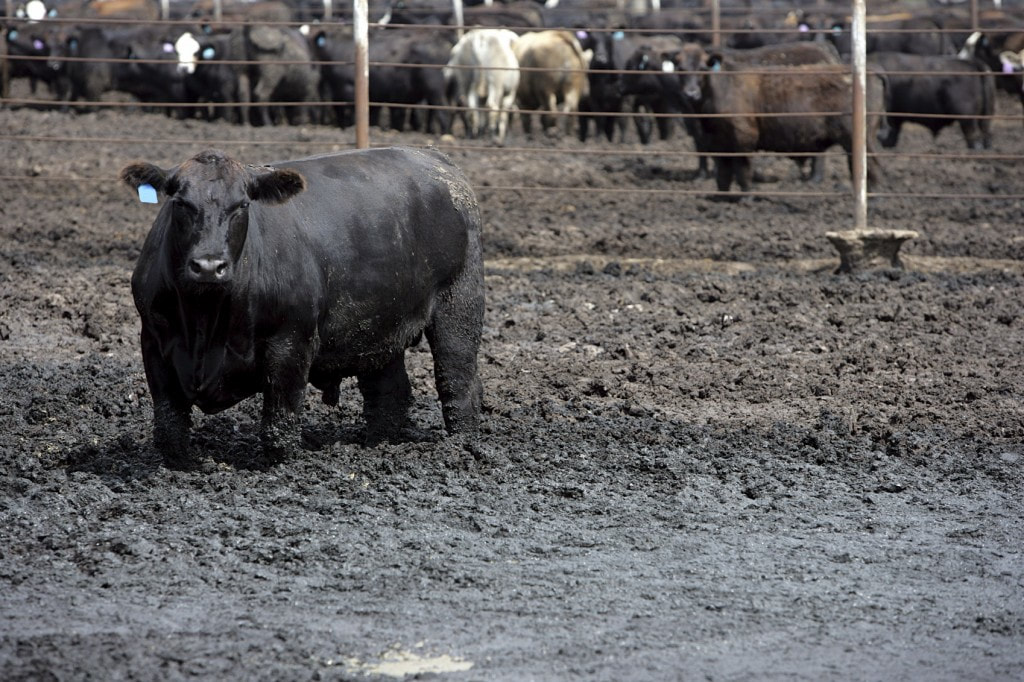

Having covered that, let’s go over the different categories of beef quality:
Worst Category: Steroids and Anti-biotics
This category is all about high-volume, low-quality beef. The cattle in this category are raised on sex hormones, numerous antibiotics, beta-agonists, industrial byproducts, genetically modified corn and soy which has been grown with synthetic and harmful fertilizers, herbicides and pesticides. All this makes its way into the nutritional profile of the meat, which you eat in the end.
You think all those chemicals floating around don’t make their way into the meat fibers and fat of the beef that you end up eating? Think again.
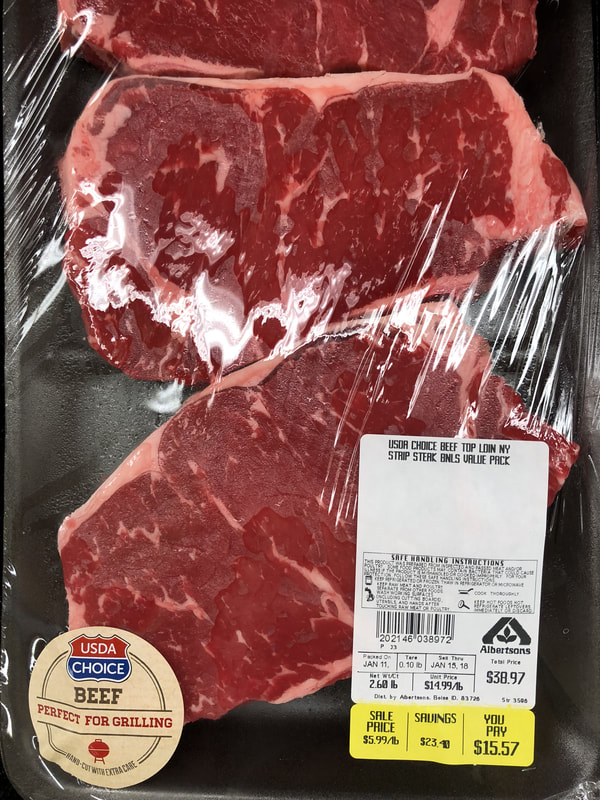
One study compared beef from Japan, where the use of sex hormones is illegal, to beef from the United States- where you can expose your cattle to a cocktail of various sex hormones and it’s totally, 100% legal. The researchers concluded that U.S. beef has 600 times the amount of estrogen as beef from Japan. Why should you care? Well, increasing consumption of estrogen-rich beef could increase the concentration of estrogen in your own body. Why does that matter, you say? Well, it matters a lot because, for instance, high concentration of estrogen in a male’s body leads to the following side effects: increased fat around the chest (bitch tits), loss of muscle tone, decreased sex drive, erectile dysfunction, and an increase in estrogen-dependent cancers,
among other things.
To add insult to injury, in 2010, the FSIS found that hundreds of cows sent to slaughter for beef had illegal amounts of drug residue in their organs. Basically, hundreds of samples taken from cows sent for meat production tested positive for drug residue. Yes, these products end up in the grocery stores you frequent. And this wasn’t a short list. The investigation found the following drugs: penicillin, flunixin, sulfadimethoxine, gentamicin, sulfamethazine, tilmicosin, tetracycline, and ampicillin. Two federal veterinarians confirmed that one of the drugs in the list, gentamicin, remains in the animal’s system for up to 3 years. Gentamicin’s manufacturer,
Lexi-Comp, states that possible side effects from exposure to the drug include adverse reactions in the central nervous system, skeletal instability, and renal failure. Also important to note, the study didn’t screen for the amount of synthetic sex hormones present in the tissue, which could have been just as shocking (see study listed above).
But how about the nutritional profile of the beef? Is it very nutritious? It definitely packs a decent amount of nutrition, but compared to 100% grass-fed beef (discussed below), this category of beef has LESS of the following: Omega 3 (almost none), CLA, vitamin E, beta- carotene, calcium, magnesium, potassium, B vitamins, and riboflavin.
I would stay away from this category simply to reduce your exposure to sex hormones and various other drugs administered to the cattle. The omega 3 to 6 ratio is also terrible - which could lead to inflammation that creates a cascade of problems in your body.
Supermarkets in OC that sell this category of beef are listed below:
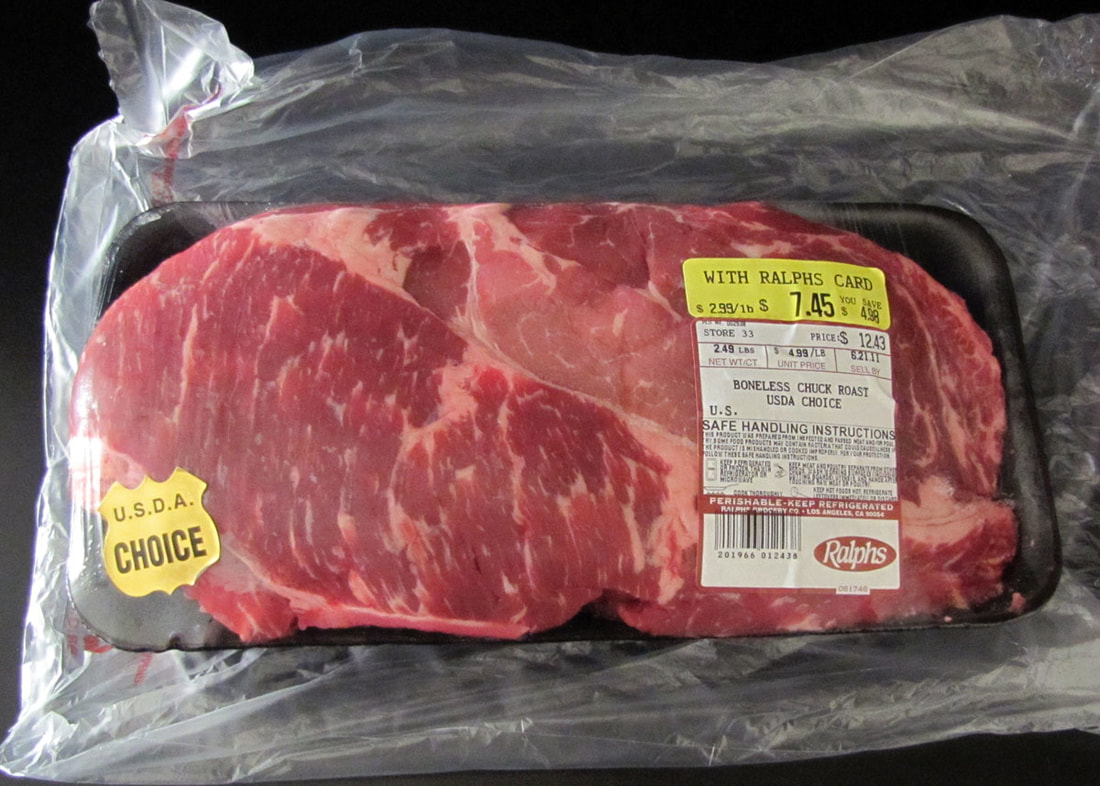
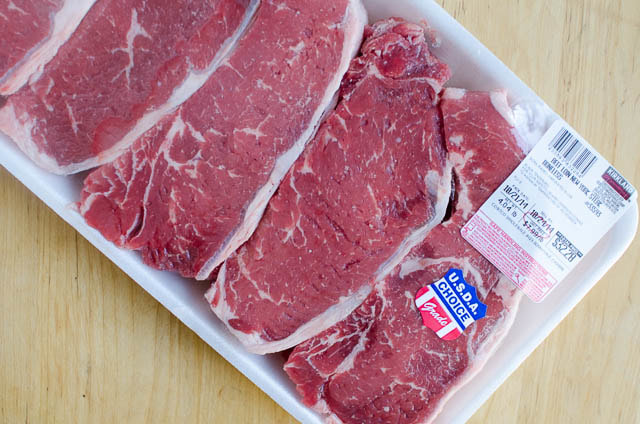
Good Category: Drug Free
This category of beef is raised under the same conditions as the category above. They start off on a pasture, and a few months before they are killed, they’re moved into a feedlot. However, and this is an important however, these cattle ARE NOT administered sex hormones or antibiotics.
Although they are fed grain a few months before they are killed, which lowers their nutritional profile a little, overall it’s still a clean source of nutrition.
Albertsons, Ralphs, Sprouts, Wholefoods - sells this type of meat. Checkout the Orange County supermarkets i have listed below:

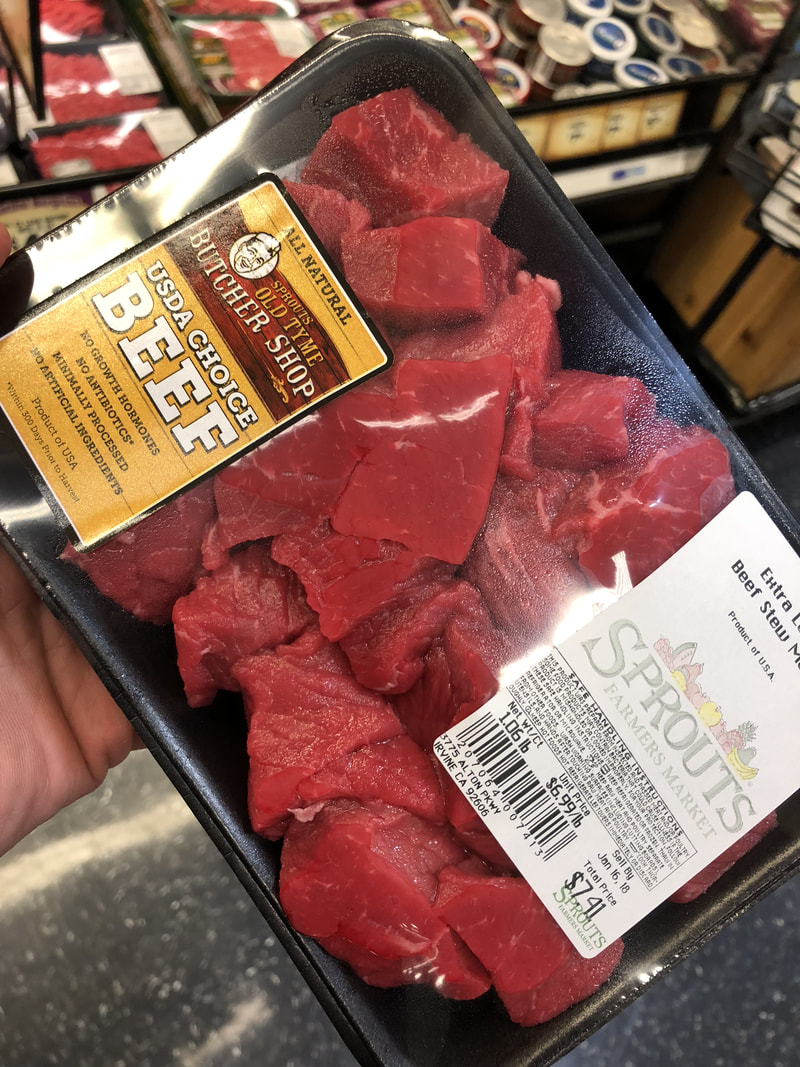
Better Category: Drug Free + 100% Grass Fed
Same as the category above, but the cattle are finished with grass or grass pellets in a feedlot - instead of grain. You won't find sex-hormones, anti-bitoics, or any of that stuff in this group. This is a high quality beef that packs a decent amount of nutrition and is drug free.
Sprouts and Wholefoods - sells this type of meat. The exact one seen below is from Sprouts in Irvine, and is actually fairly priced. This is the one i personally purchase.

Best Category: Drug Free + 100% Grass Fed + 100% Pasture Raised
This is the best possible category you can buy. This category is 100% pasture-raised, 100% grass fed, and 100% organic. What does this mean? Well, this means NO exposure to synthetic sex hormones, antibiotics, GMOs, beta-agonists, synthetic fertilizers or pesticides, etc. This is the cleanest possible category of beef. On top of that, since this beef is 100% pasture-raised and 100% grass-fed, their nutrition profile is going to be the best out of all the categories listed here. You’ll get a good dose of Omega 3, CLA, iron, vitamin E, a bunch of vitamin B, and a good amount of riboflavin. Plus, the ratio of omega 3 to 6 is great in this category. It’s typically 1 to 1, or 2 to 1. This is important, especially if inflammation is an issue for you.
I was only able to find one company in all of Orange County that sold this category of beef, which is seen below. Wholefoods and Sprouts did not offer this category of beef. Check them out at www.primalpastures.com . They deliver to all of Orange County.
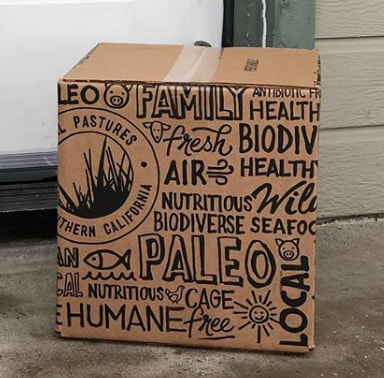
round Beef warning:
95% or more of ground beef comes from very old, worn-out dairy cows (cows used for milk
and milk products). These poor animals have been forced to live their entire lives in extreme
confinement, being artificially impregnated continuously in order to produce milk all year
round, exposed to a myriad of drugs to keep them from dying (the conditions in these confined
operations are terrible), and fed genetically modified feed that is most likely tainted with
synthetic fertilizer. Also, ground beef is composed of numerous pieces of numerous different
dairy cows, so the chances of cross-contamination is high.
According to the FDA, 67% of drug violations that happen in the industry come directly from
dairy cattle – just to put thing into prospective. If you’re okay with getting ground, non-
organic beef from conditions seen in the video below, that’s your call.
With ground beef, definitely go all organic or DON’T buy it at all. Remember that “all natural” or “farm fresh” means nothing.
Grass-Fed Label SCAM:
When you see a label that says “grass-fed”, that doesn’t mean the cattle was 100% grass- fed. This is important, because it’s somewhat deceitful marketing. You think you're buying 100% grass-fed but you're really not. If you truly want 100% grass-fed beef, you need to see a label that says “100% grass-fed”. If you don’t see that label, it isn’t 100% grass-fed beef. Checkout this video and don't be scammed ever again.
Sources:
1: https://academic.oup.com/annonc/article/20/9/1610/218592
3: "Defending Beef: The Case for Sustainable Meat Production" by Nicolette Hahn Niman
4: "The Beef Industry: What They Don't Tell You" by John Peirce, DVM
5:"The Meat Racket: The Secret Takeover of America's Food business" by Christopher Leonard
Special thanks to Nicolette Hahn Niman for taking the time to clarify a lot of my questions. She's been in the beef industry for decades and is the author of various books on the subject. You can checkout her site using the following link: www.nicolettehahnniman.com/





